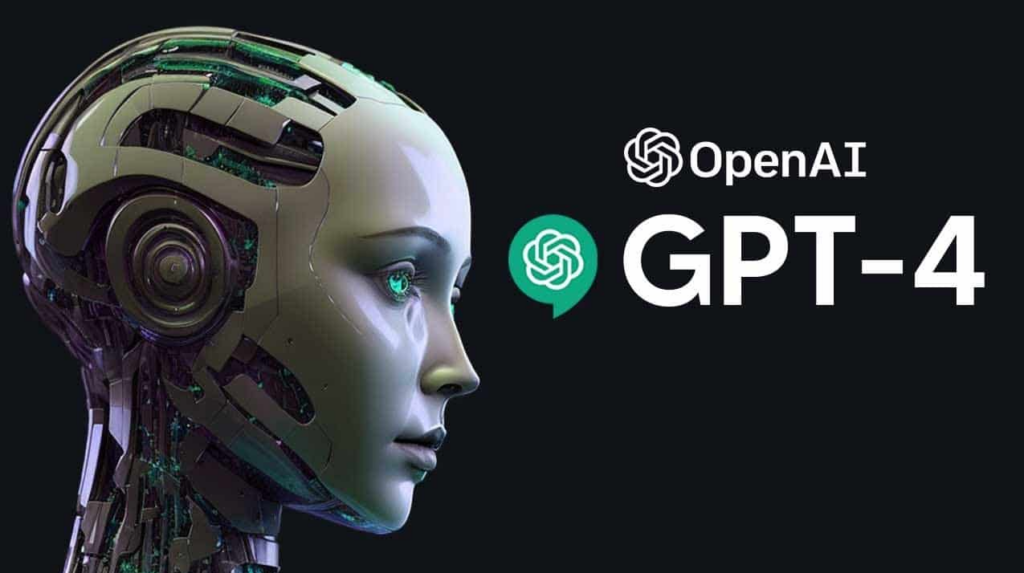ChatGPT-4: The Next Generation Language Model for Developers
As developers, we are always on the lookout for tools and technologies that can help us be more efficient and effective in our work. One such technology that has gained a lot of attention in recent years is the GPT (Generative Pre-trained Transformer) language model. The latest iteration of this technology is ChatGPT-4, which promises to take things to the next level. In this post, we’ll explore what ChatGPT-4 is, how it works, and how it could impact the work of developers.
What is ChatGPT-4?

ChatGPT-4 is a language model developed by OpenAI, the same organization that created the previous iterations of the GPT series of language models. Like its predecessors, ChatGPT-4 is pre-trained on vast amounts of text data, which allows it to generate human-like responses to prompts or questions. However, unlike previous models, ChatGPT-4 is even larger and more complex, with over a trillion parameters. This makes it the largest language model currently in existence.
How does ChatGPT-4 work?
At a high level, ChatGPT-4 works by analyzing the input it receives and generating a response based on the patterns it has learned from the text data it has been trained on. It does this by breaking down the input into smaller units called tokens, which it then processes using a series of neural networks. These networks are designed to capture the relationships between the tokens and to generate a coherent response based on the context of the input.
One of the key features of ChatGPT-4 is its ability to understand and respond to complex prompts or questions. This is due to its ability to analyze not just the words in the input, but also the underlying concepts and relationships between them. For example, if you were to ask ChatGPT-4 a question about a specific programming language, it would not only be able to give you information about that language, but it would also be able to understand the broader context of the question and provide a more nuanced response.
How could ChatGPT-4 impact the work of developers?
ChatGPT-4 has the potential to greatly impact the work of developers in a number of ways. Here are just a few examples:
- Code completion: ChatGPT-4 could be used to provide more intelligent code completion suggestions. By understanding the context of the code being written, it could generate more accurate suggestions that are tailored to the specific needs of the developer.
- Debugging: ChatGPT-4 could be used to assist with debugging by analyzing error messages and providing suggestions for how to fix them. It could also be used to generate more accurate stack traces and to identify the root cause of errors more quickly.
- Natural language processing: ChatGPT-4 could be used to improve natural language processing applications by providing more accurate and nuanced responses to user queries. This could be particularly useful in chatbots or virtual assistants that rely on natural language processing to interact with users.
- Knowledge sharing: ChatGPT-4 could be used to create more intelligent knowledge-sharing systems. By understanding the context of a user’s question, it could provide more accurate and useful responses that are tailored to the user’s specific needs.
Conclusion
ChatGPT-4 is a powerful new language model that has the potential to greatly impact the work of developers. Its ability to understand and respond to complex prompts and questions could make it a valuable tool for tasks like code completion, debugging, natural language processing, and knowledge sharing. As the field of artificial intelligence continues to evolve, it will be exciting to see how ChatGPT-4 and other language models like it will be used to enhance the work of developers and other professionals. While there are certainly concerns about the potential misuse of these technologies, the benefits they offer are hard to ignore. As developers, we should keep a close eye on the development of ChatGPT-4 and other language models, and be ready to incorporate them into our work where appropriate. By doing so, we can take advantage of the latest advances in artificial intelligence to improve our productivity, efficiency, and effectiveness.